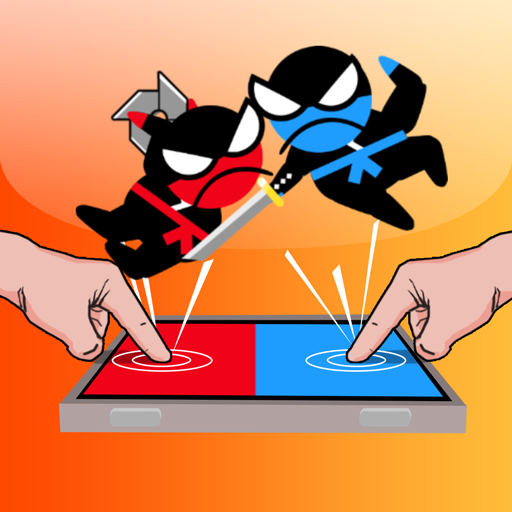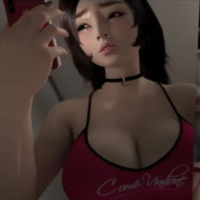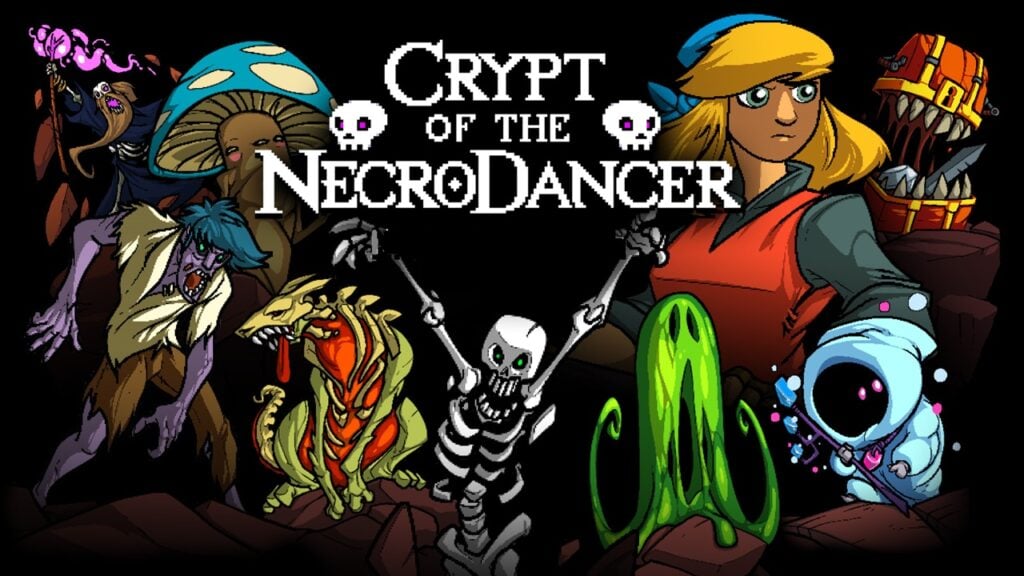Monster Hunter Wilds: Weapon Tuning and Design Philosophy
With each new Monster Hunter installment, players eagerly anticipate experiencing their favorite weapons in a fresh context. Monster Hunter Wilds, aiming for a seamless hunting experience, presents unique challenges and opportunities for weapon design. To understand the development process, IGN spoke with art director and executive director Kaname Fujioka, and director Yuya Tokuda.
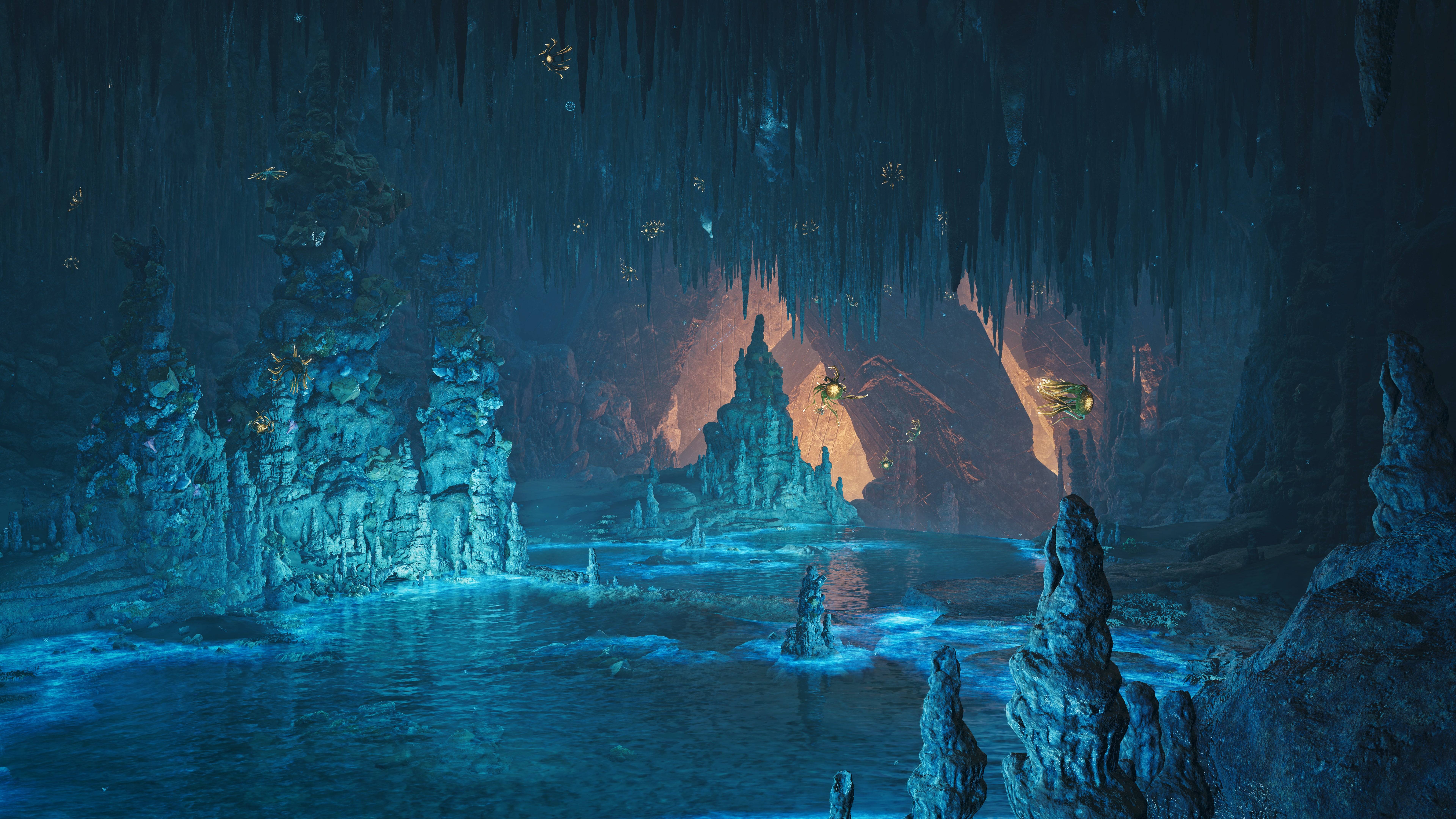
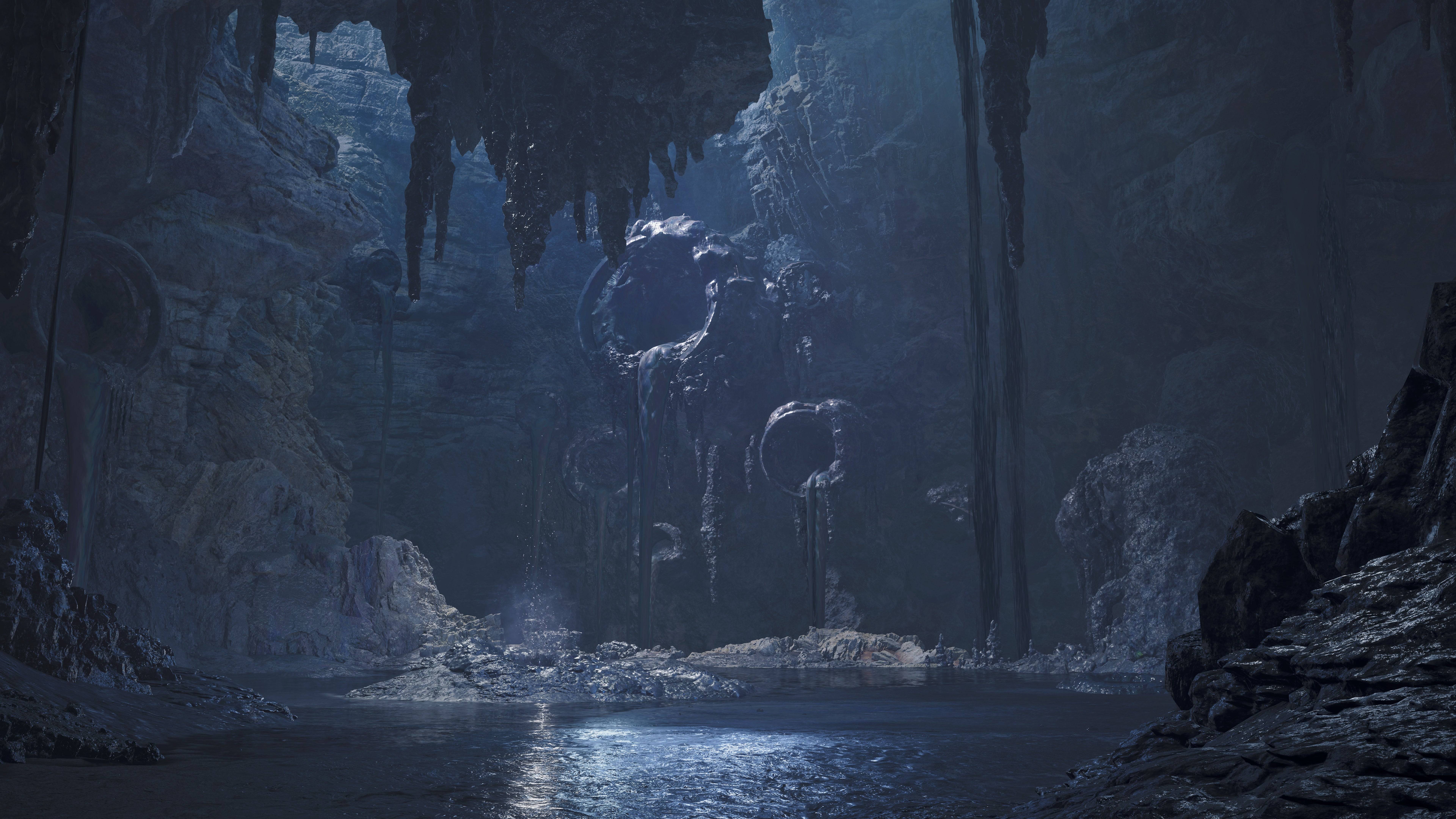
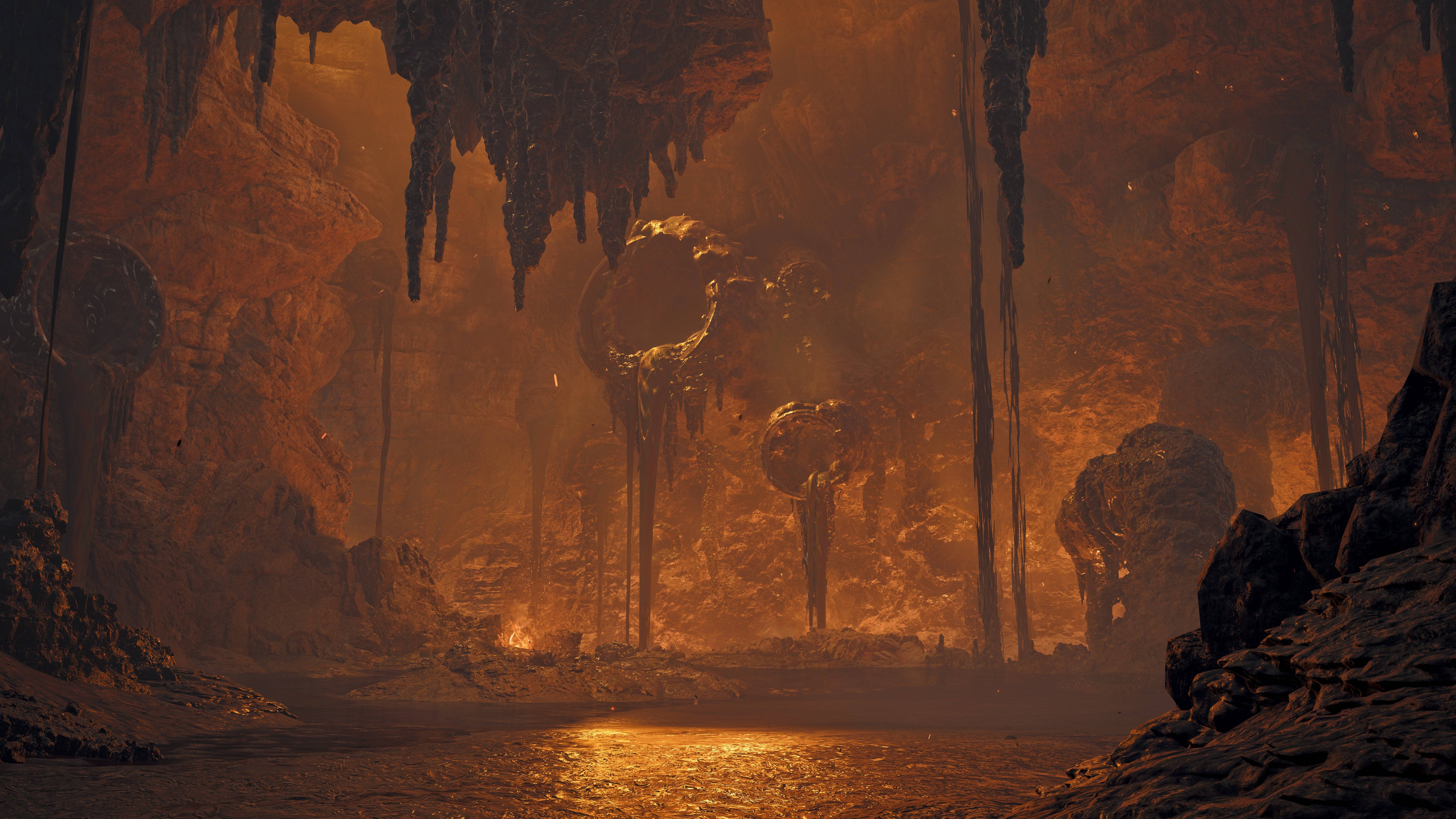
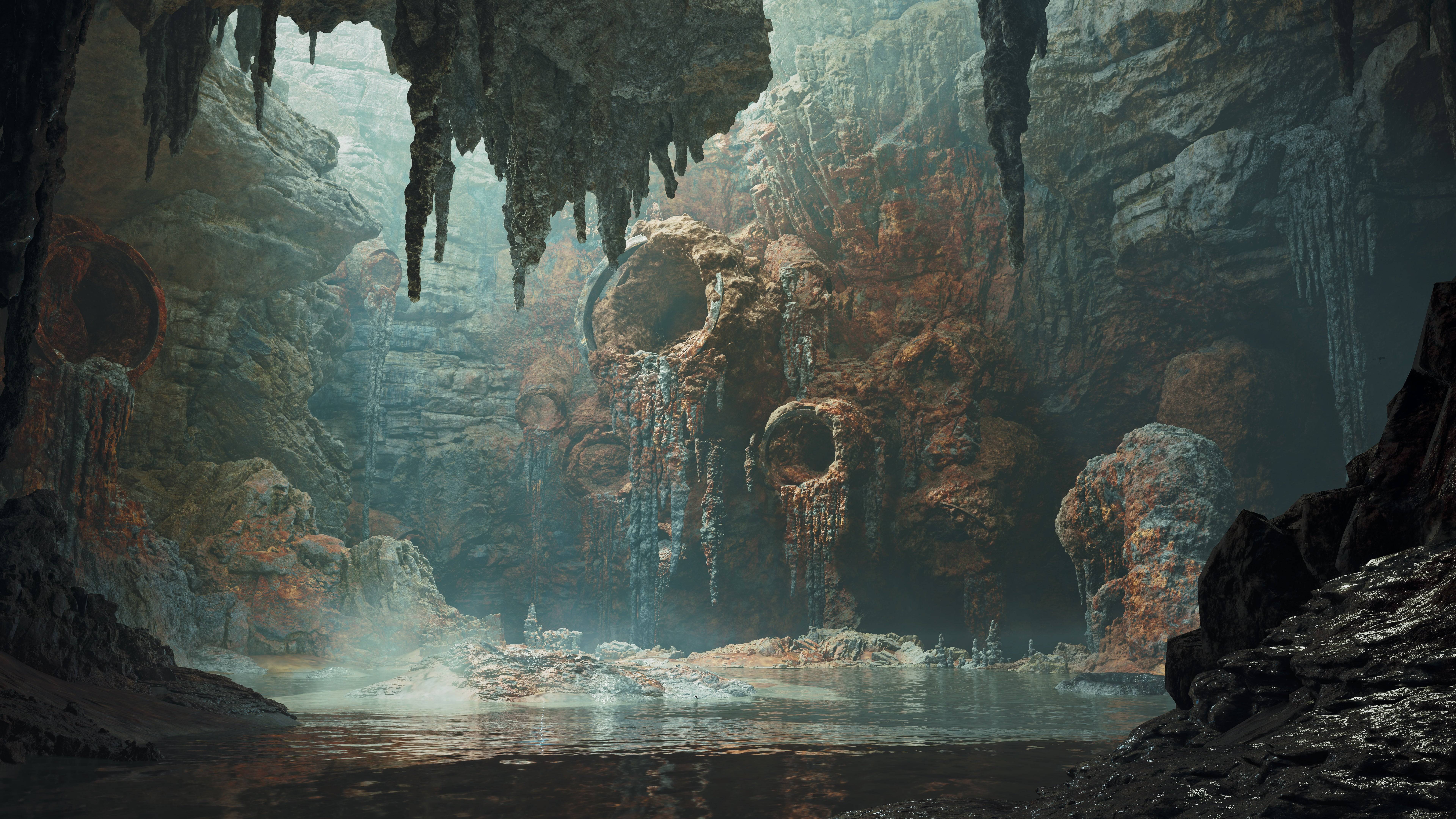
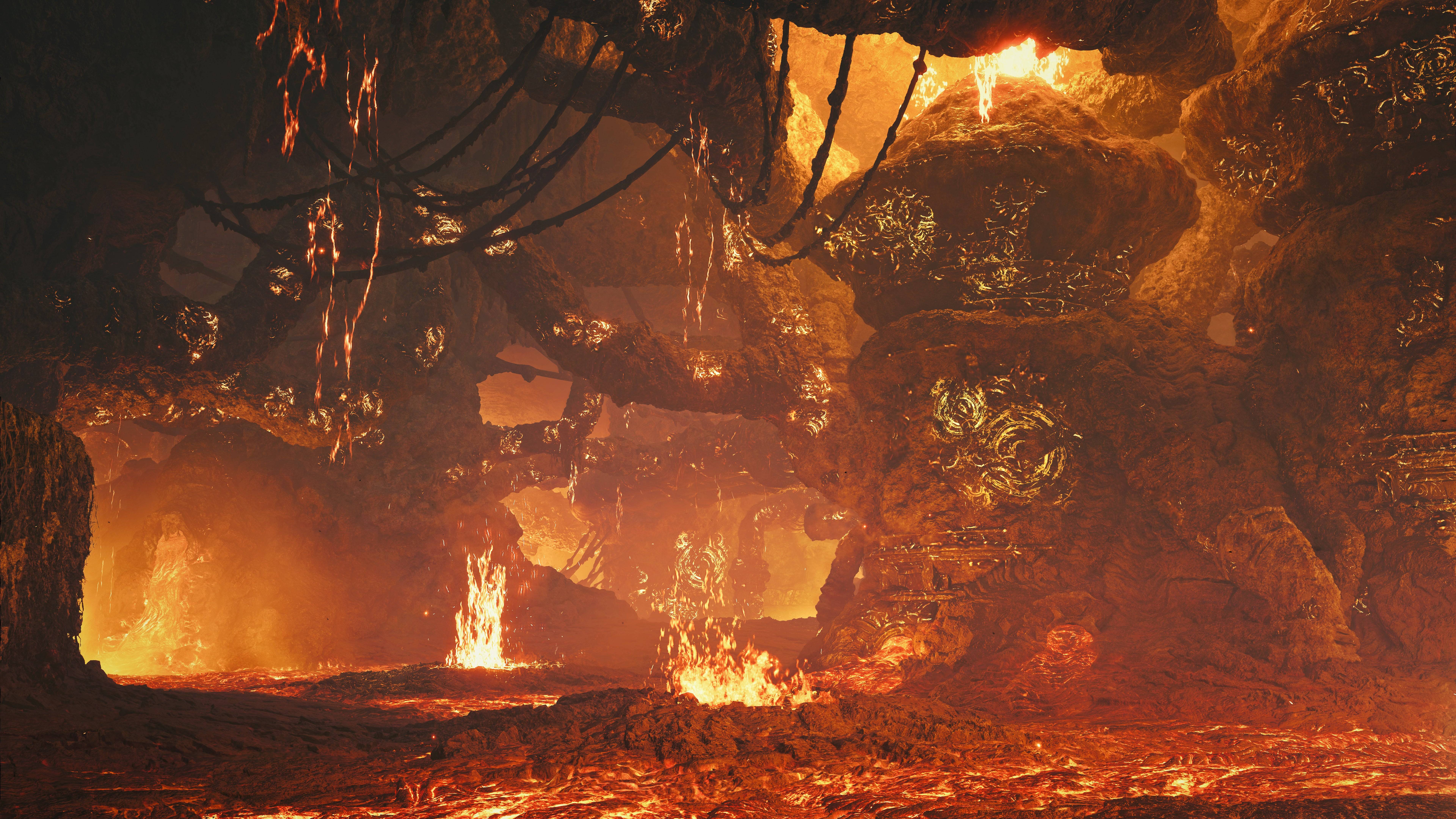
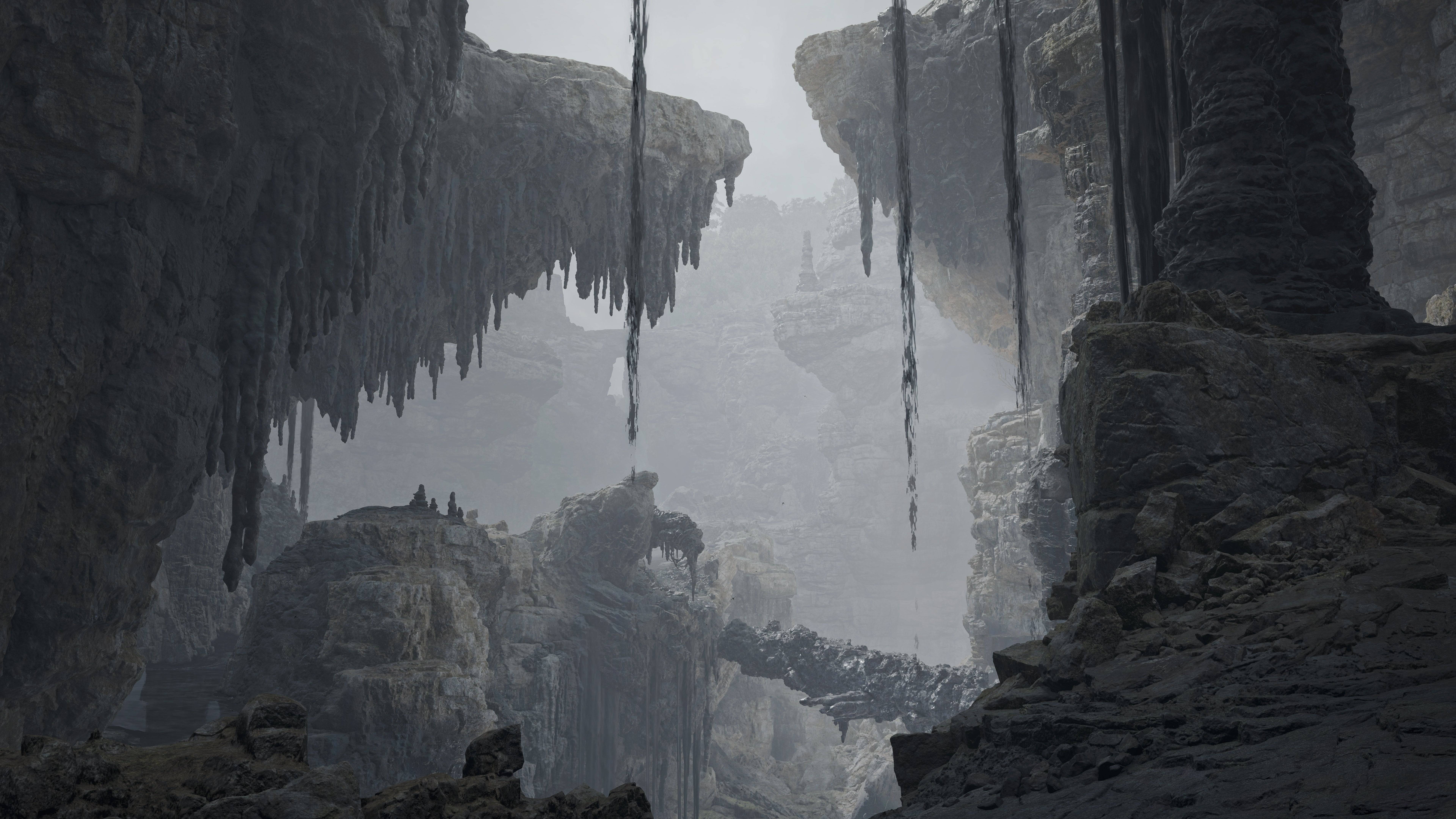
Seamless Hunting and Weapon Adjustments:
The seamless map and dynamic weather in Wilds necessitated significant weapon adjustments. Tokuda highlighted changes to the Light and Heavy Bowguns and the Bow, addressing the challenge of unlimited ammo and coatings without base resupply. The solution involved balancing around gauge management while allowing for crafted or field-gathered ammo. These changes extended beyond mechanics, impacting visual design. Fujioka emphasized the improved visual clarity of Bowgun charging animations, enhanced by technological advancements. The team focused on natural weapon usage within various gameplay scenarios, even during moments of inactivity, streamlining actions like healing item use. The new Focus Mode, allowing directional movement during attacks, further enhances player agency.
Focus Strikes and Wound System:
Wilds introduces a wound system, allowing hunters to inflict significant damage by continuously attacking a specific monster body part. While damage accumulation generally determines wound creation, Focus Strikes, utilizing unique animations for each weapon type, deliver massive damage to wounded areas. While initial open beta testing revealed imbalances in Focus Strike effectiveness, the developers are standardizing their power for the final release. The wound system adds a strategic layer, impacting hunting approaches and potentially leading to unexpected environmental interactions and rewards. Monster health and toughness were adjusted to maintain appropriate playtime and player satisfaction, with Focus Mode designed to create more impactful, concentrated hunts.
Weapon Development Process:
The development team utilized a phased approach, starting with the Great Sword as a prototype, then iterating on weapons like the Sword and Shield and Heavy Bowgun. Approximately six planners oversaw weapon balance, collaborating with artists and animators to refine movements and gameplay. The Great Sword's design heavily influenced other weapons, serving as a benchmark for tempo and functionality. The team prioritized creating unique weapon identities rather than uniform ease of use, aiming for a balance between individuality and fair gameplay.
Hunting Horn and Weapon Uniqueness:
Tokuda highlighted the Hunting Horn's design philosophy, focusing on area-of-effect damage and unique sound-based mechanics. The team addressed concerns from the open beta regarding its overpowered self-buff capabilities, tuning it for the final release to avoid making it a universally superior secondary weapon. The developers acknowledge inherent weapon-monster matchups, aiming to avoid overly efficient, universally effective builds while preserving the unique character of each weapon and monster.
Decoration System and Endgame:
Wilds' decoration system remains similar to Monster Hunter World, with skills activated via weapon or armor slots. However, the introduction of alchemy allows for crafting single-skill decorations, eliminating the frustration of unattainable skills.
Developer Preferences and Open Beta Feedback:
Tokuda favors long-range weapons and the adaptable Sword and Shield, while Fujioka remains a dedicated Lance user. The open beta revealed significant feedback, particularly concerning the Lance's performance, which the developers are actively addressing for the final release.
The developers' commitment to player feedback, combined with their extensive experience and passion for the game, ensures a continuous effort to refine and balance the Monster Hunter Wilds experience.
 Home
Home  Navigation
Navigation






 Latest Articles
Latest Articles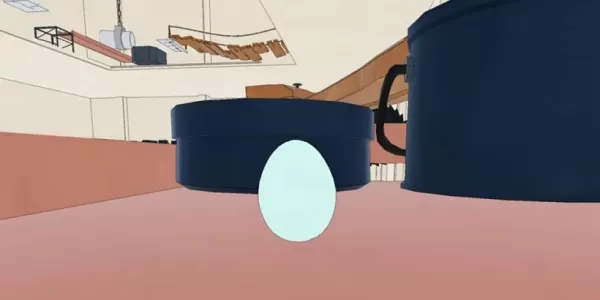









 Latest Games
Latest Games